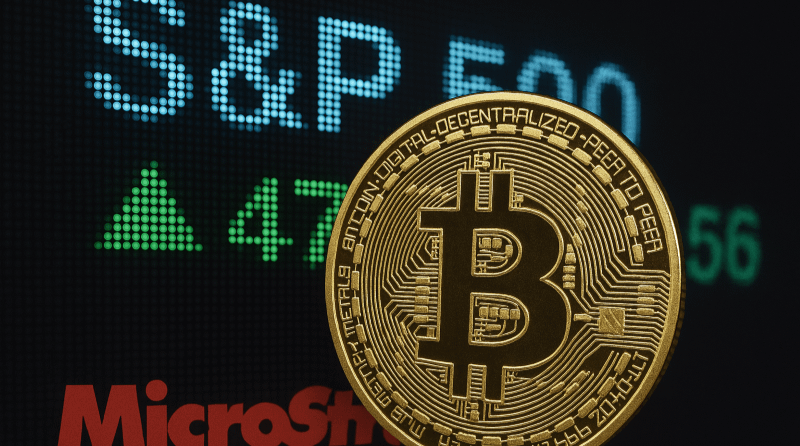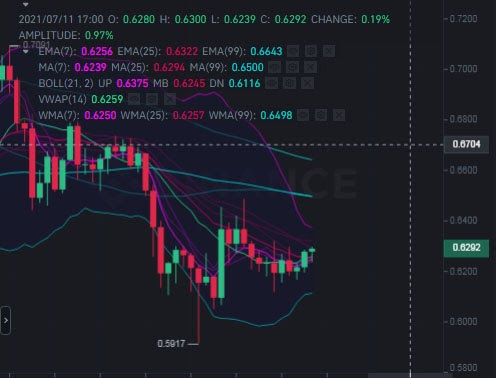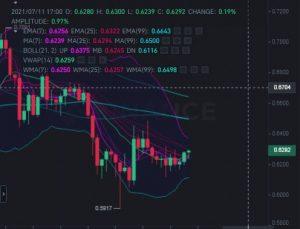Strategy’s Bitcoin Haul Could Land It in the S&P 500
When Michael Saylor first pivoted Strategy into a Bitcoin-accumulation machine, the legacy crowd rolled their eyes. Wall Street analysts dismissed it as reckless treasury mismanagement. CNBC panels smirked. Economists labeled it a dangerous fad. Yet here we are: Strategy has amassed a Bitcoin cache worth around $10 billion, posted record Q2 earnings, and now sits on the brink of inclusion in the S&P 500—the crown jewel of American financial benchmarks.
This moment should not be understated. The S&P 500 isn’t just another index. It is the scoreboard of U.S. corporate success, a financial ballot box that decides who gets exposure to trillions of dollars in passive index funds. If Strategy is admitted, every pension fund, every 401(k), and every ETF tracking the S&P 500 will suddenly be tethered—however indirectly—to Bitcoin. Investors won’t be able to avoid Bitcoin exposure even if they try.
Think about the inversion here. For over a decade, Bitcoin was branded the outsider—too volatile, too dangerous, too rebellious to ever be taken seriously. It was the digital middle finger to Wall Street. But Bitcoin doesn’t care about branding. It doesn’t beg for approval. It simply keeps marching on, block after block, enforcing monetary discipline in a world drowning in fiat excess. And now, it’s Wall Street that is being pulled into Bitcoin’s gravity well. The institutions aren’t “choosing” Bitcoin—Bitcoin is choosing them.
This isn’t just about Strategy’s balance sheet—it’s about a new corporate playbook. Saylor has demonstrated that pairing strong operational earnings with a Bitcoin treasury reserve creates resilience that fiat-denominated treasuries cannot match. Dollars leak value by design; Bitcoin stores value by protocol. Strategy’s results show what happens when you align corporate strategy with hard money principles: durability, profitability, and asymmetrical upside.
Critics have long sneered that Bitcoin “produces no cash flow.” But that misses the point. Bitcoin isn’t supposed to produce cash flow; it’s supposed to preserve value. What Strategy has proven is that when you combine a productive business with Bitcoin’s incorruptible monetary properties, you don’t just protect wealth—you compound it. Record profits don’t lie.
If inclusion in the S&P 500 happens, the implications ripple far beyond one company. Every CFO in America will be watching. Every boardroom will have to ask: are we leaving shareholder value on the table by ignoring Bitcoin? Suddenly, what was once a radical treasury strategy will become fiduciary common sense.
For decades, the S&P 500 has symbolized the mainstream. If Strategy makes the cut, Bitcoin officially graduates from “rebel asset” to “index asset.” That’s not just optics—it’s inevitability. The walls that once kept Bitcoin at the margins of finance are crumbling.
And this is just the first domino. Strategy’s rise into the S&P will reinforce the already accelerating trend of Bitcoin integration into traditional finance. The next milestones are obvious: more corporations adding Bitcoin to treasuries, more ETFs hoovering up supply, more financial products quietly embedding BTC exposure into retirement accounts. And looming beyond all of that—the eventual realization by central banks that holding Bitcoin as part of their reserves isn’t optional, but inevitable.
Bitcoin was designed to be untouchable by politics, printing presses, and bailouts. That makes it the most neutral and incorruptible reserve asset in history. If Strategy can drag the S&P 500 into Bitcoin’s orbit, then it’s only a matter of time before sovereign nations do the same. Wall Street may be late to the game, but at least it’s learning. Central banks won’t be able to stay in denial forever.
Michael Saylor bet the future of his company on Bitcoin. Now, Wall Street may be forced to follow him. Bitcoin is no longer the outsider. It’s S&P material. And from here, the path is clear: today corporate America, tomorrow the world’s balance sheets. The Bitcoin standard is not coming—it’s already here.














Post Comment